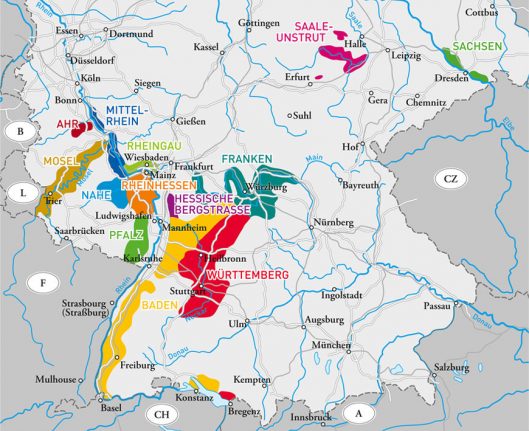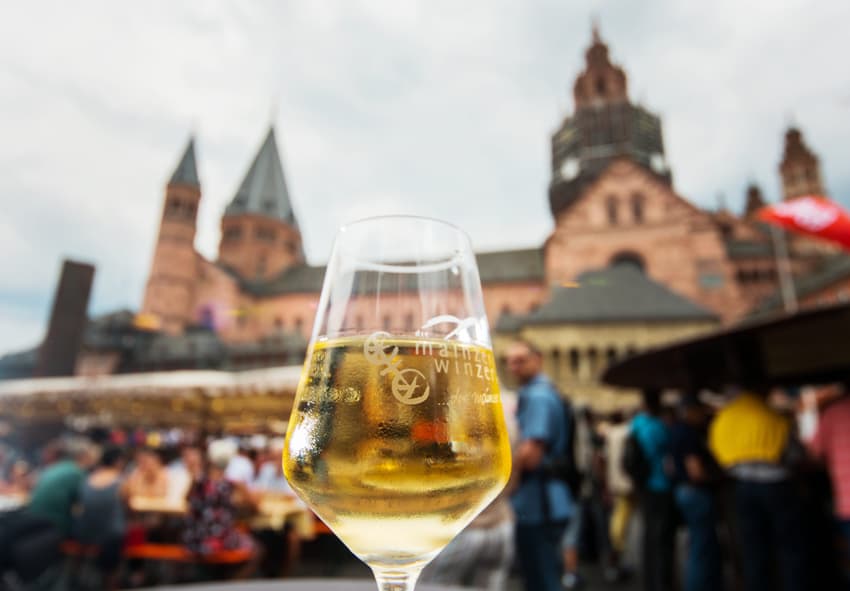Bottles of wine sold across Germany and the EU must start displaying the contents’ nutritional value from the end of the year – but winemakers have avoided having to include a Nutri-Score table on their products.
Winemakers have fought a rearguard action against the introduction of nutritional labelling on their produce for more than 40 years – when the first European rules on labelling of the composition and nutritional value of food products was first introduced.
The labelling of alcoholic beverages has proliferated in EU countries in that time, with the risk of creating trade barriers between states, prompting the European Commission to opt for a standard model.
READ ALSO: 5 things you should know about wine in Germany
In 2021, it took advantage of a revision of regulations on food to introduce rules requiring winemakers to list ingredients and nutritional values for wine, from December 8th, 2023.
In practical terms, this means that labels on bottles of wine will, from that date, have to list any added sugars, preservatives and other stabilisers used in the manufacture of the wine.
Wine bottled before that date, however, can be sold for a further two years without requiring the addition of this information.
The Bundesrepublik may be known for its beer, but it’s also the eighth largest wine producer in the world with 13 different growing regions. Each is known for its own distinct wine, whether the Silvaner of Franken or Pinot Noir of Baden.
 Map showing Germany's wine regions. Graph courtesy of Wines of Germany.
Map showing Germany's wine regions. Graph courtesy of Wines of Germany.READ ALSO: Meet the man introducing internationals to German wine
Last year, Italian producers wrote to French President Emmanuel Macron to prevent the addition of a Nutri-Score label on wine – as is the case on food products – and for which all wines would have obtained an “F” rating.
They successfully argued that such a rating would not make sense on wine.
As a result, all European institutions have agreed that only the energy value – in kilocalories or kilojoules (the metric measurement of calories). Other information, including ingredients, will be allowed via digital format accessed by scanning a QR code printed on the label.
This will avoid the need for wine producers to list E numbers, which are not well regarded, on their products.

Join the conversation in our comments section below. Share your own views and experience and if you have a question or suggestion for our journalists then email us at [email protected].
Please keep comments civil, constructive and on topic – and make sure to read our terms of use before getting involved.
Please log in here to leave a comment.